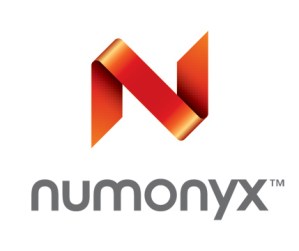
Micron Technology has announced a deal to acquire flash memory maker Numonyx in an all-stock deal valued at $1.27 billion. Micron is already the largest memory chip manufacturer in the United States, and Numonyx is the world’s largest maker of NOR flash memory—NOR flash memory is historically more common in cell phones, while NAND flash memory is usually used in SSDs, PMPs, and devices like the iPhone.
“We believe the opportunity for Numonyx to join with Micron will deliver a clear advantage for our customers and our employees,” said Numonyx president and CEO Brian Harrison, in a statement. “This announcement is a strong testimony to the value of Numonyx technologies, products, and people.”
Rolling NOR flash memory into Micron’s product portfolio fills in a missing piece of the memory puzzle: Micron already makes DRAM memory (used as computer RAM) and NAND flash storage. Adding the Geneva-based Numonyx to the company also broadens Micron’s customer base and increases the combined company’s manufacturing capacity for NAND flash memory.
Numonyx is a relatively young company: it was spun out from Intel and STMicroelectronics in 2008 when the companies combined their NOR and NAND flash manufacturing businesses.


